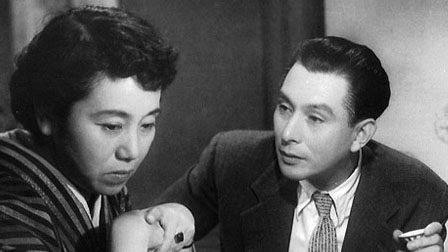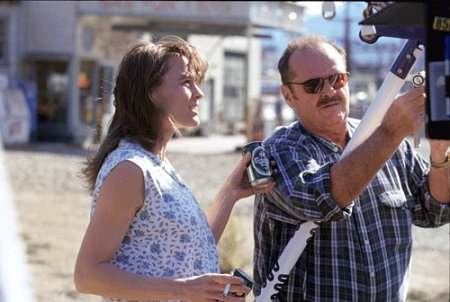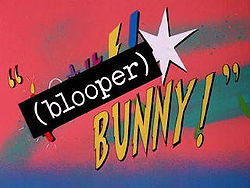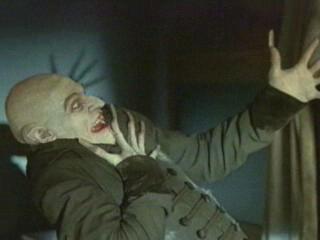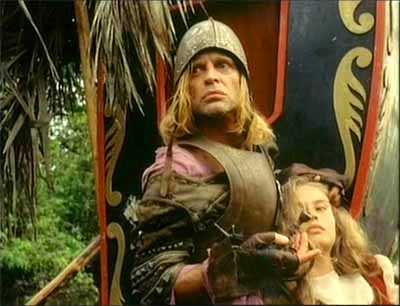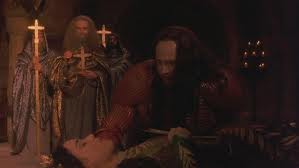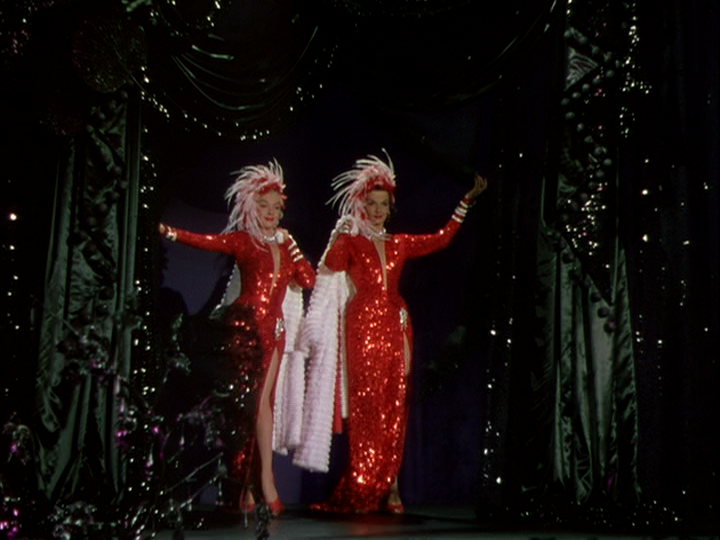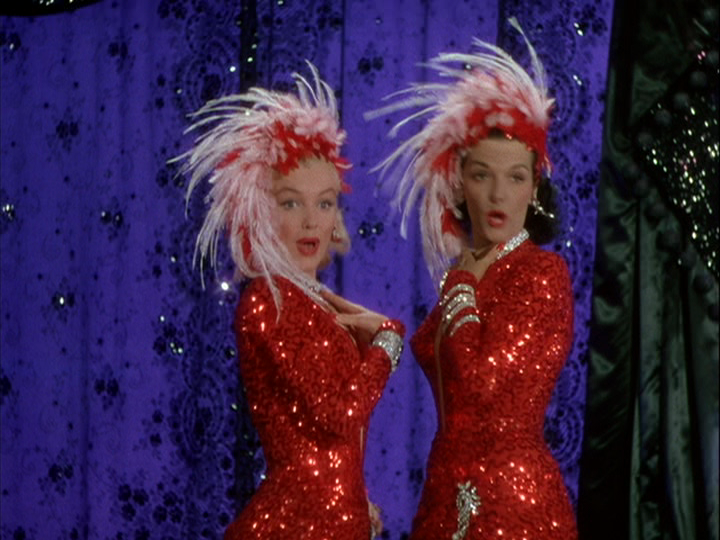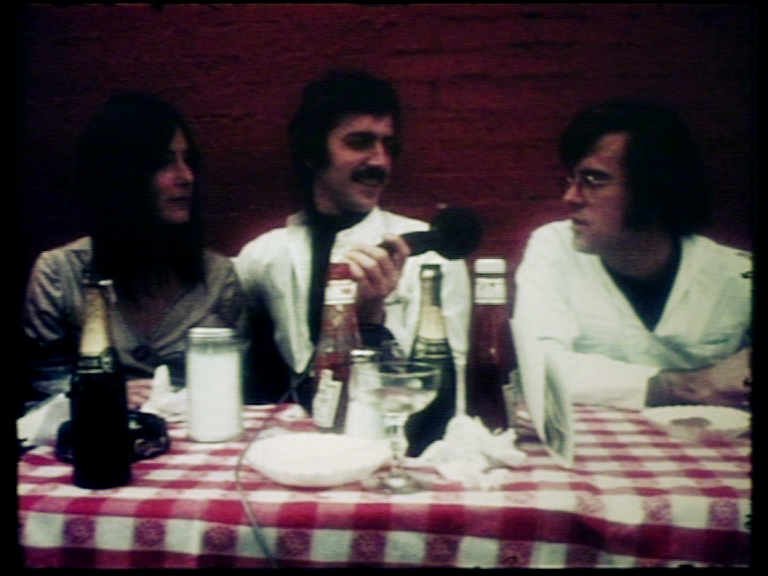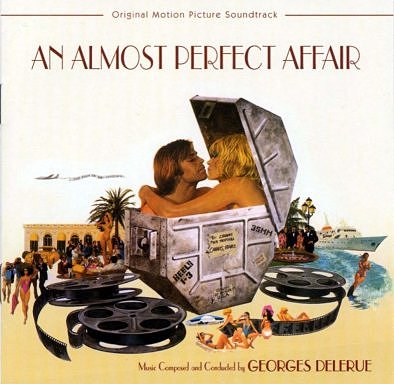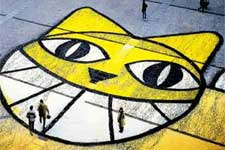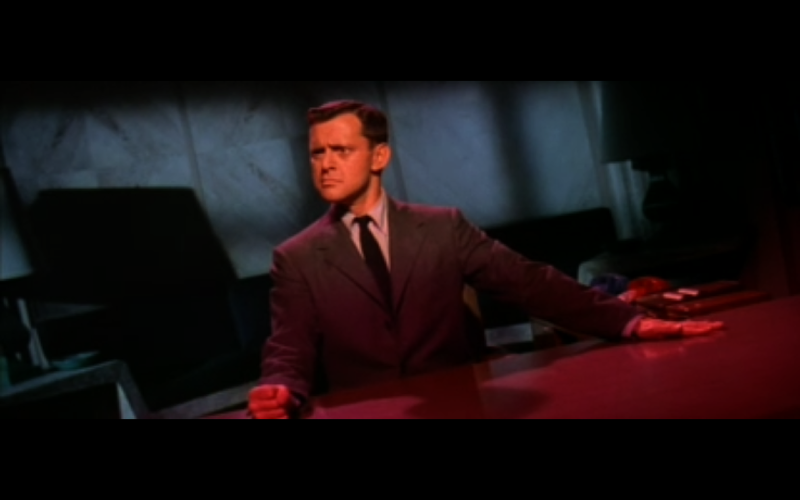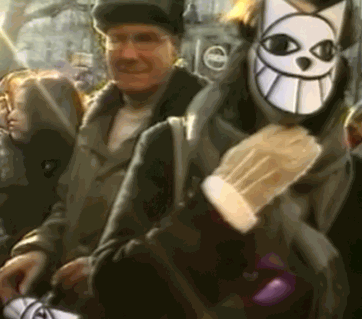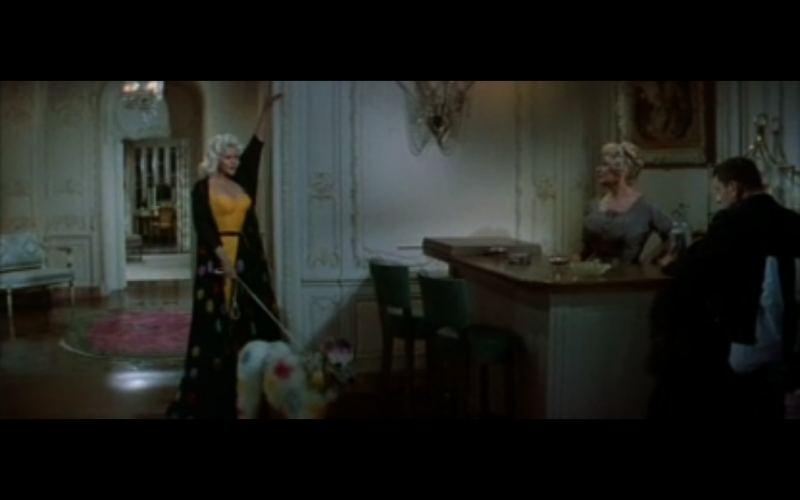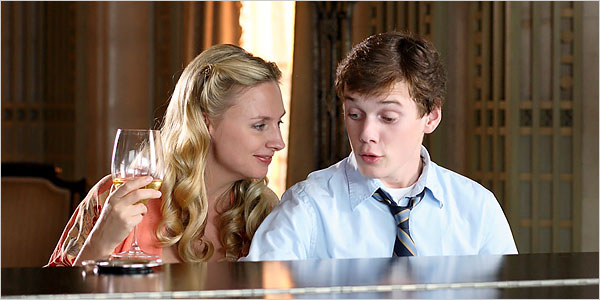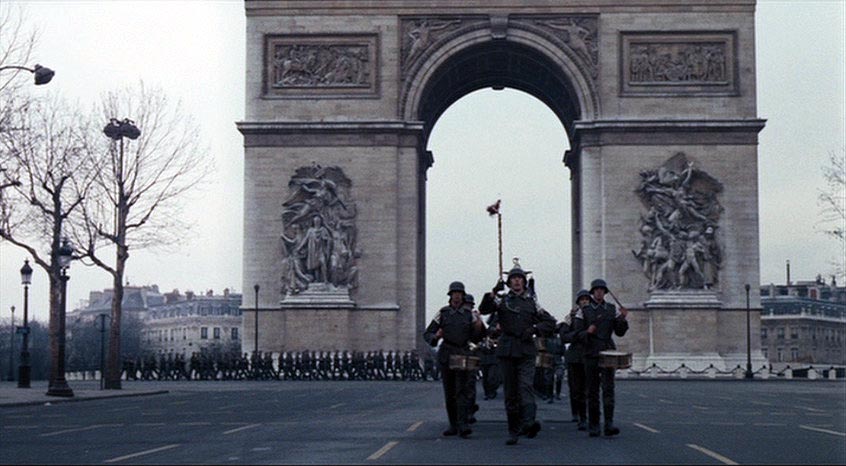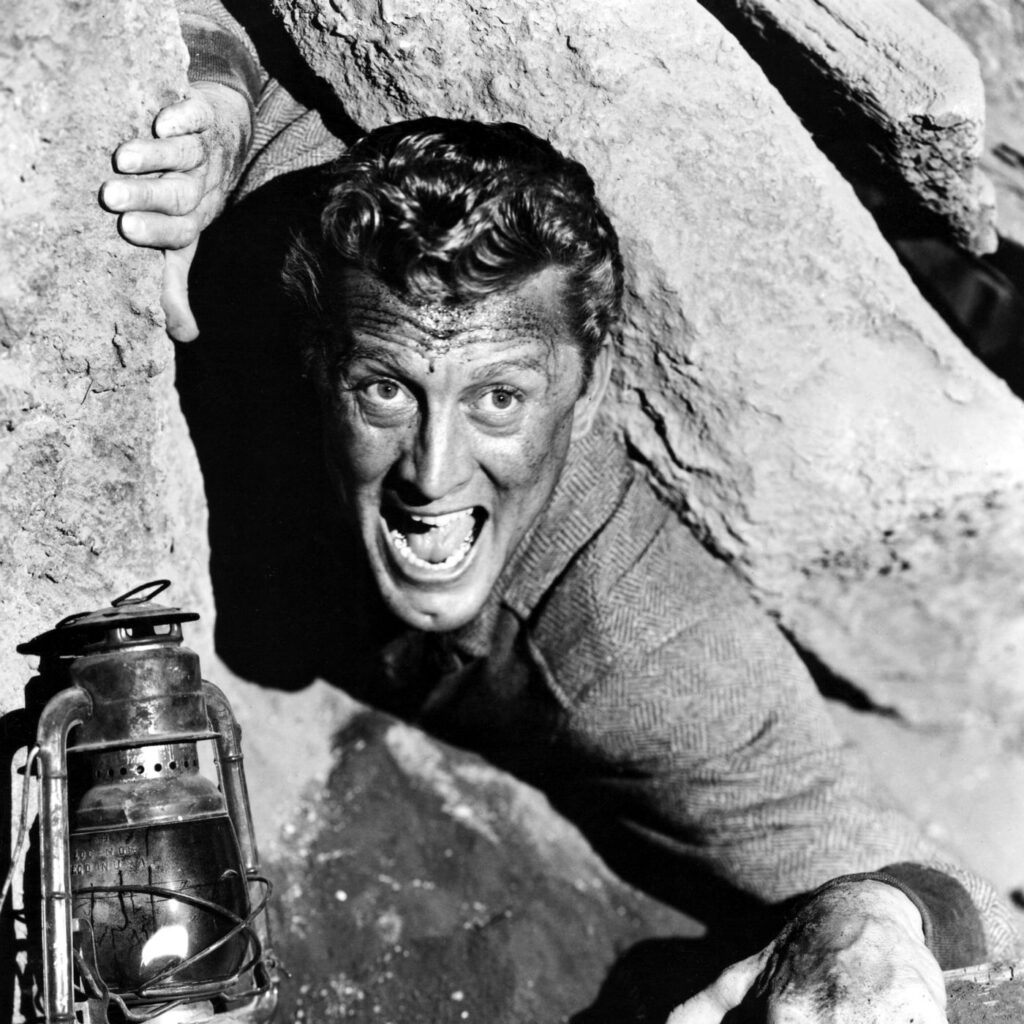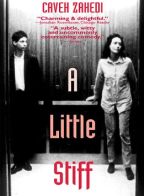From the February 24, 2006 Chicago Reader. — J.R.
Late Chrysanthemums
**** (Masterpiece)
Directed by Mikio Naruse
Written by Sumie Tanaka and Toshiro Ide
With Haruko Sugimura, Sadako Sawamura, Chikako Hosokawa, Yuko Mochizuki, Ken Uehara, Hiroshi Koizumi, and Ineko Arima
Depressing movies with unhappy endings are often seen as offering a bracing contrast to the standard Hollywood fare. This may help explain the appeal of Brokeback Mountain, whose drafts of misery are seen by some people as daringly honest and authentic.
I wonder. Some lives are full of misery, but this doesn’t mean movies that reflect them are automatically more truthful. If the shepherds played by Heath Ledger and Jake Gyllenhaal had sustained a happy, loving relationship over several decades in spite of everything, Brokeback Mountain might have been truly daring — and it wouldn’t have been less believable. The impulse to privilege the dark is hardly new; in prerevolutionary Russian cinema, tragic plots ending in suicide were so common and popular that some Hollywood imports with happier endings were revised to make them more “commercial.” I would argue that a certain complacency surrounds some of these doom-ridden scenarios, especially ones that suggest social change is impossible — a vested interest in the status quo, even conservatism, seems to lurk behind the apparent apoliticism. Read more


